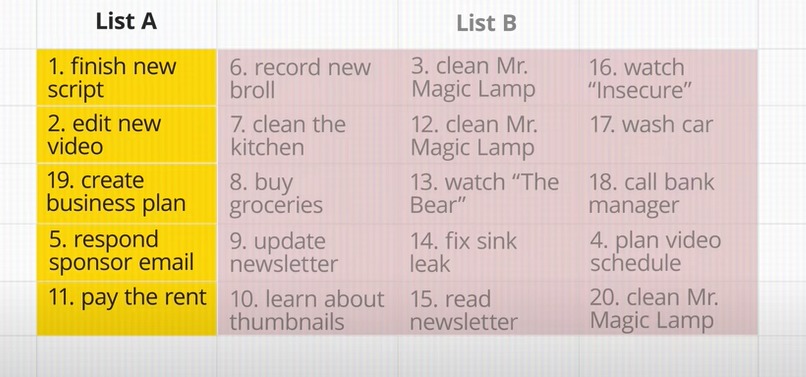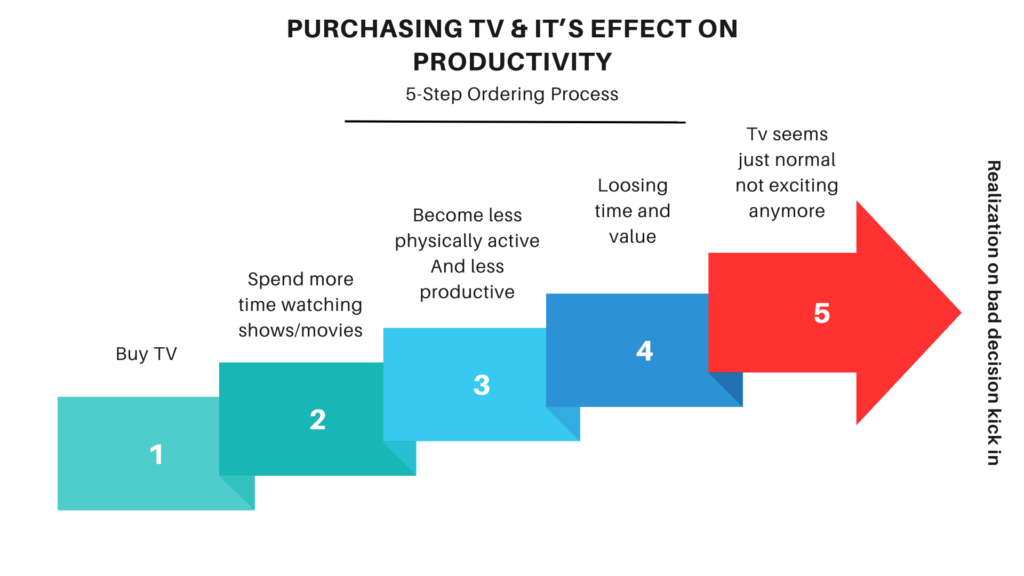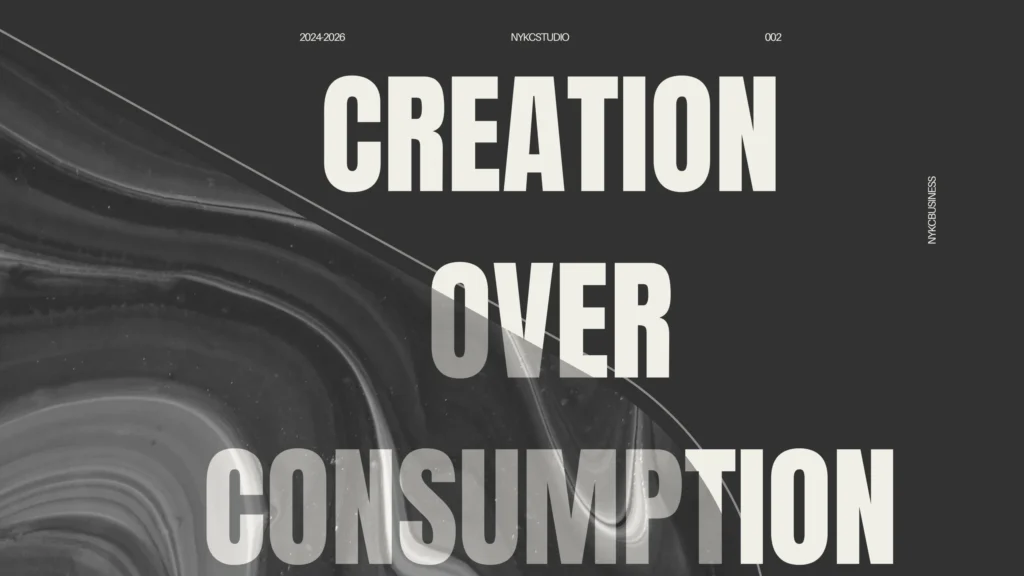While writing this blog, I have realized one thing from highly successful people’s lifestyles – “they do things in order”.
The order they follow is Structured in a way that could save them time now or in the future.
Their habits revolve around the simple concept of saving time and using it to be more productive hence they add more value to what they offer, and end up earning more and more money.
With several tasks we perform every day, you will find these habits are pretty much applicable in your day-to-day life which means we can also save time and utilize it to increase the value of whatever we do in life,
In this blog post, on “Money Habits of Millionaires” there are 6 top habits, that I think can change our mindset and productivity that will help us improve our life for the better.
Jesus, I’m just too into it let’s go through them one by one and u will realize these habits are the key to the positive shift that we always wanted…
Habit 1: The Two-List System With the Pareto Principle
This strategy from Warren Buffett helps you maximize focus and prioritize what’s most important. It’s all about eliminating distractions through two lists.

So What you need to do is Make Two Lists
1) Write down all the tasks you need to do this month – maybe 20 items.
2) Circle the 5 most crucial tasks. These go on List A.
3) The other 15 tasks go on List B.

But before that I want you to know that the things in list A should only be included after a very deep assessment of your daily lifestyle. Now there is a more practical way to include things in this list and that is by using the Pareto principle:
The Pareto Principle is a powerful formula for getting more results by focusing on less work. ever heard of the 80/20 rule? That rule comes from the Pareto principle, learning how it works will help you design your list more efficiently;

What is the 80/20 Rule?
In 1906, economist Vilfredo Pareto noticed an interesting pattern:
– 80% of the healthy pea pods in his garden came from just 20% of the plants
– 80% of the land in Italy was owned by 20% of the population
– 70% of income went to the top 30% of people in England
Pareto realized that in many situations, 80% of results come from only 20% of the effort put in. This became known as the Pareto Principle or 80/20 Rule.
80/20 Shows Up Everywhere Even In our day to day life
Look at your phone apps – you probably only use 20% of them regularly despite having many installed.
For wealth-building, 80/20 means:
– 80% of your income comes from 20% of your efforts
– 80% of productive work happens in 20% of your time
How do we apply 80/20 to our two lists?
1) Again List everything you do daily – emails, meetings, tasks, etc, and also create a list of what you want to achieve at the end of the month See what daily activity will help you achieve your monthly LIST A. You just created.
2) Those once are your 20% highest-leverage activities! that will drive 80% of your results.
3) Focus solely on that 20%, Update your List A by adding that 20% In List A, and the rest of the 80% in List B.
Now I think you have a better perspective on choosing what should go in LIST A vs LIST B
After your list is created.
Now, Avoid List B at All Costs
You might think you can work on List B items whenever you have spare time between List A tasks. But that’s wrong!
Everything on List B is a distraction from your top priorities on List A. Even if those List B tasks feel important, they pull away time, energy and focus.
The Rule: Never touch List B until every single item on List A is 100% completed. List B must be avoided at all costs, no exceptions!
Now you might be thinking,
Why It Works
Our time and effort is limited each day. Every action has an opportunity cost – time spent on one thing means letting another slide.
By isolating your top 5 priorities on List A, you ensure your best work goes towards what matters most.
This two-list system helps eliminate the tendency to juggle too many priorities. It forces you to go all-in on knocking out your critical tasks first before sprinkling effort elsewhere.
Habit 2: Patience over Quick Progression Risk

Successful millionaires carefully pick the right business opportunity for their current skills and appetite. Here’s what that means:
For example, suppose you just learned how to drive a vehicle.
The Vehicle = Your Business Model
As an entrepreneur, you need to choose the best “vehicle” or type of business based on where you are in life right now. That vehicle should fit your current abilities and how much you’re ready to take on.
You can’t simply think I can drive a Ferrari easy peasy, even if you do! can you unleash it to the fullest of its potential? A crash is the most likely thing to happen, right?
Don’t Skip the Process
The reason many millionaires made it big is because they didn’t try to jump straight to the end goal. They went through step-by-step progressions, advancing their vehicle as their skills grew.
Example: Take nykcbusiness for example (implementing this habit in my business)
Our first vehicle is Creating content of finance that is helpful and distributing this to good souls like you through social media marketing and SEO making 4 digit income per month.
Then our next level up Could be an info product or an agency that does a consultation, the potential for those is reaching $100,000 per month in profit.
But if we tried to create a portfolio management company whose motto is to manage your money and grow it can we do it? From what I know of my level I can’t it will be too much of a burden which might make this business collapse to shreds, Only after succeeding at content we can do info product or services after that we can think of doing portfolio management, there are levels to this so we don’t go overwhelmed and fail.
Know Your Appetite
Even millionaires get offered opportunities they turn down because they don’t have the “appetite” or desire for that type of vehicle yet.
The Right Vehicle for Your Phase
The best vehicle depends on your current entrepreneurial phase:
– Beginner? Service business is a good start
– Intermediate? Maybe an agency, coaching, or SaaS
– Advanced? FBA e-commerce brands or investing.
(you need to figure out the stage yourself just like I did with my business in the above example)
Millionaires are wise about matching their vehicle to their entrepreneurial phase and skills. Focus on progressing through phases rather than skipping major steps.
Habit 3: Game Theory – The Smart Way to Get What You Want
Game Theory is all about making the best moves to get the rewards you want, especially when another person is involved in the decision. It helps you figure out how to limit consequences too.
Think about playing games like Rock-Paper Scissors or Poker. Should you throw a rock or bluff with a weak hand in poker? Game Theory can guide your strategy.
But it’s not just for games! CEOs use it to decide if they should buy out competitors. You can even use it for everyday stuff like:
- Bidding on eBay auctions
- Making investment moves in the stock market
- Negotiating your salary for a raise
Let’s talk about that last one – asking for a raise. Many workers get nervous and don’t ask because they’re scared of rejection. But Game Theory can maximize your chances of getting that Raise.
Say you work for a manager who seems to like you, but you feel you deserve higher pay. Using Game Theory, you map out different scenarios and assign “happiness values” of 1-10 for each outcome. alright! (now pay attention)

As you can see in the image we have divided this situation into two parts “ask” and “not ask”.
Scenario 1: If you don’t ask for a raise, your happiness is at 5 (no pay increase) but your boss would be very happy at 10 (doesn’t have to give a raise).
Scenario 2: If you do “ask” there are two scenarios as shown in the image:
Offer Accepted: If you ask and get the raise, your happiness soars to a 10! Your boss is still pretty happy at a 9 since they keep a valued employee. (this is what we want!!)
Offer Rejected: if your boss rejects you, in this situation you will have two possibilities either you “stay” or you “leave”!

Possibility 1: get rejected and stay, your happiness drops to a 4 while your boss stays at 10.
possibility 2: If you ask, get rejected, and quit, your happiness tanks to a 1 while your boss is now unhappy at a 5 (has to replace you).
Looking at these outcomes of both possibilities within “offer rejected” you can see our happiness value is low compared to “not asking” it gives you a sure happiness of 5 versus a chance of a lower 4 or 1 if rejected.
So we need to improve happiness in our offer “rejected possibility“-
This core problem finding is only possible with the use of this Game Theory, it shows a way to improve your odds: get another job offer first! Now if you leave after asking for a raise, your happiness is a 7 instead of just 1.
Suddenly, even in an “offer rejected” situation, you have Possibility no.2 (rejected and leave) in your favor, your happiness value is higher than not asking. which is 7 against 5.
In this case, it is beneficial to ask your boss instead of not asking for a raise. If they reject you and you choose to leave their happiness drops from 10 to 5 by losing a good worker. and as you have a job offer yours will be 7 instead of 1!
By using Game Theory first, you shift the scenario from “not asking” to “asking” for a raise to a winning move for any situation.
It’s a theory you can apply on paper to get a ground reality of what will be the best-case scenario in your favor.
Habit 4: Think in Second-Order Consequences
Successful people don’t just consider the immediate impact of their actions. They think multiple steps ahead about the Impact their decision could make.

In technical words, this habit of millionaires can be described as second-order thinking.
Chess Taught Second-Order Thinking
In chess, you need to make moves that require thinking 5-7 moves ahead. You have to anticipate how your move will ripple out and impact future positions.
Carrying this same mindset of foreseeing “second-order consequences” you can make wiser decisions which as a result creates a less chaotic life.
Let’s look at this Example: Buying an Expensive TV

Someone might justify buying a $2,000 TV. But the second-order consequence is now feeling obligated to use it by watching more TV to get your money’s worth. You will end up spending your precious time on Netflix and whatnot…. Is that a wise decision?
If u really need a TV and you don’t live alone then it’s a different scenario. I’m just asking you to be practical and always take account of your action and their consequences.
The ripple effects of seemingly small decisions can be huge over time.
Take TikTok as an Example Downloading TikTok seems harmless at first. The second-order effect is it consumes your attention and time from achieving meaningful goals.
Successful people do this quite often With big decisions they perform second-order thinking which is just sitting down and realizing the long-term consequences. This helps you save more time which means more productivity in life.
Habit 5: Never Put People on a Pedestal
Even your biggest heroes are just regular humans like you. Don’t think they are fundamentally different or unreachable.

Make a mindset to learn from them and move on to learn from someone doing it even better until you become the one amongst them.
We Are All The Same
Look at old videos of your role models when they were just starting. They faced the same struggles, doubts, and minimal resources that you do now.
The only difference between you and a successful person is the time and discipline they’ve applied over many years. That’s it!
Confidence Comes From Competence
When you become really good at something through years of work, you’ll naturally be confident. It’s not an innate quality of theirs.
You need to understand Time is the only currency a person holds the more time you give to something the more value you can get from something.
Those who are successful today knowingly or unknowingly invested time Against all odds into a skill to a level where their value becomes exceptional.
That’s the difference between a successful and an unsuccessful person that we see.
The Long Game Pays Off
If you stay committed and disciplined for 5, 10, 15+ years, you’ll reach a level beyond most people’s patience.
After years of grinding away, you build assets, connections, and “ammunition” that provide you with an unfair advantage and protection.
But it all starts by not viewing successful people as different from you. You have the same abilities as them. It just takes time and consistency to get there.
Never put your heroes on a pedestal. View them as flawed humans, the same as you. Their secret? Putting in the hard yards year after year when most people quit. You can do that too.
Habit 6: Protect Your Time and Create, Don’t Consume
Two powerful habits millionaires embrace: ruthlessly guarding their time from their phone scrolls, TV, and video games (I know you) and focusing on creating value instead of just mindless consumption.

Value Creation > Consumption
The world conditions us to be passive consumers. But the wealthiest among us realize consumption alone creates no value – you must create products, content, and innovations that others consume.
Create more than you consume each day.
Use Airplane/Silent Mode Strategically
You need to understand the immense value of time and attention. Put your phones on airplane mode or silent for extended periods.
This blocks all distracting notifications, calls, and apps from infringing on their precious time and focus. It’s a sign someone respects and protects their time.
Even if you need your phone for work, use airplane mode during key periods like workouts or deep work sessions. Give yourself chunks of uninterrupted focus.
Rather than endlessly consuming content, videos, or entertainment, millionaires prioritize creating value themselves.
Don’t just watch sports, play them. Don’t scroll social media, create your own content instead.
Final Thoughts
Alright, let’s wrap this up! We’ve covered a lot of ground here, and I hope you’re feeling as excited as I am about these millionaire habits. Look, becoming wealthy isn’t about having some magical superpower – it’s about making smart choices day in and day out.
The best part is you can start applying these ideas right now. Maybe pick one or two that really clicked with you and give them a shot.
In a few years, you might just look back and realize this was the moment you started thinking like a millionaire.
Remember, we’re all on this journey together. Keep pushing, keep creating, and keep believing in yourself. You’ve got this! I’ll see you in the next one.







